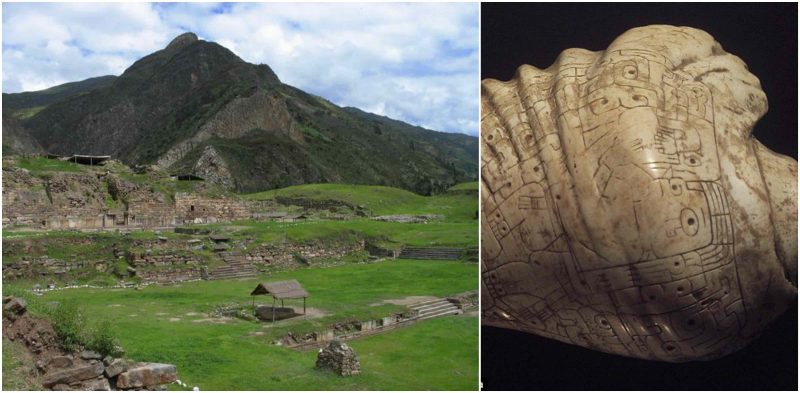It is a fact of our modern life—a frustrating fact for some—that almost every aspect of this life is governed and overseen by centralized authorities. This is a relatively new development. These ruling structures did not exist 5,000 years ago.
Recently, archeologists have found evidence from a pre-Incan culture—known as the Chavin—that they believe may have been where human authoritarianism was born. This culture was located in a remote part of ancient Peru and existed approximately 3,000 years ago. Experts believe that the Chavin were among the first people to live under such authority. The Chavin culture is thought to have begun around 1,2000 BC, became firmly established by 900 BC, and finally collapsed in 200 BC.
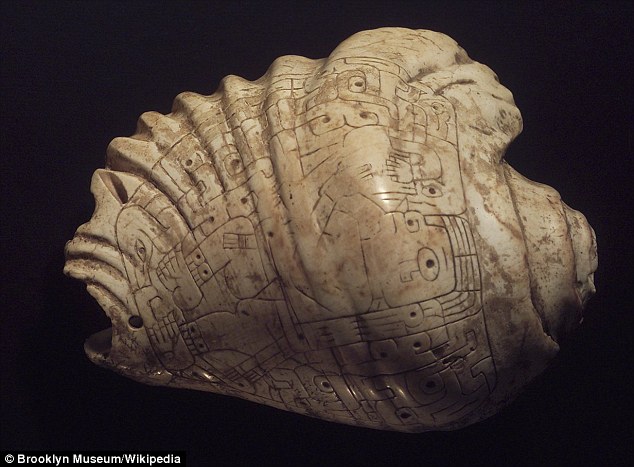
The heart of this culture was at the Chavin de Huántar, a religious complex that sits at the mouth of two large rivers in the Andes Mountains. It attracted people from the surrounding area. Researchers believe that the priests who lived at the complex may have established authoritarian rule in order to manipulate the people living in the area. At that time, priests were at the head of the social hierarchy. They may, as evidence suggests, have used architecture, psychoactive drugs, and iconography to exert their control over the general population.
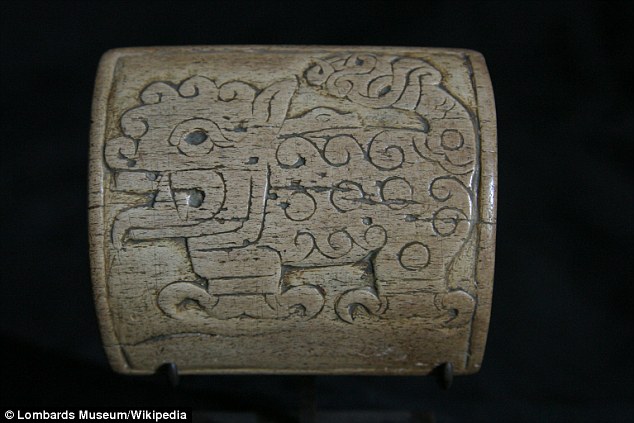
Dr. John Rick, an archeologist at Stanford University and one of the world’s leading experts on the Chavin, explains the priests’ methods. The main key to their tactic was to create an illusion of power. On the Chavin, he notes, “We live in authoritarian systems today, no matter how democratic they are, they are authorities.” He continued, saying. “Yet, 5,000 and certainly 10,000 years ago, nowhere in the world was anyone was living under a concerted authority. But today we expect that. It is the essence of our organization. The site of Chavin can tell us about the outstanding single organizational characteristic human beings have, which is authority structure. This is looking at one of the primary components of what it means to be human in the world today.”
Archeologists suggest that the Chavin de Huántar attracted people because it was a cult of devotion. Hardly surprising, given that temples were one of the chief pieces of architecture built by the ancient culture.
Aside from that, the site shows complex innovations that allowed people who lived there to adapt to the highland environments of Peru. For example, they had created a successful drainage system to avoid flooding during the rainy season. The Chavin also demonstrated advanced metal working skills, especially with gold. They are thought to have domesticated llamas and grew crops such as potatoes, maize, and quinoa.
Dr. Rick, along with his colleagues, has spent more than 20 years studying the Chavin by excavating the ruins of Chavin de Huántar, which lies just north of Lima, Peru.
Recently, large underground spaces have been discovered beneath the architectural stonework. They are believed to be a water canal system. “They were playing with this stuff,’ said Dr. Rick. “They were using water pressure 3,000 years ago to elevate water, to bring it up where it shouldn’t be.”
Other underground canals appear to be designed to confine and manipulate those who entered them, a veritable labyrinth. On top of that, the architecture was built so that it alters the way that sound could be projected into the city, while shells which are thought to have been used as trumpets, have also been found on the site. Carvings of animals are also scattered around the site. According to archeologists, the Chavin apparently used to underline the authority of the priesthood. Dr. Rick has claimed that the priests may have used these various aspects to give themselves an aura of power and control over the elements.
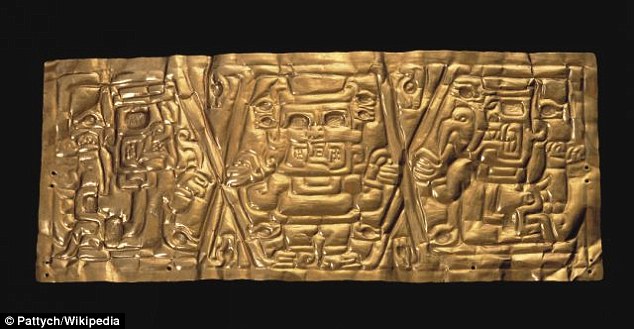
The claim that the priests may have also used psychoactive drugs to help control the population is supported by evidence. Illustrations that were carved into the stone show paraphernalia associated with the drugs, as well as the drugs’ effects on humans. “I was fascinated with the evidence we have of the manipulation of people who went through ritual experiences in these contexts.” Dr. Rick said. “After a while I realized it was being done for a purpose. The planners, organizers and orchestrators were trying to get something – what they wanted was an increase in their level of authority. They went to incredible creative ends to get there.”
All of this was meant to give the illusion that the priests had the ability to control the natural world. The drugs, of course, would have helped reinforce this experience for visitors. Since the priests were the elite, such visitors were the aspiring elite from the regional areas surrounding Chavin. “They are really in the process of developing a hierarchy – a real social structure with a strong political power at the top.” Dr. Rick said.
Although the priests in Chavin were one of the starkest examples of authoritarian rule in early civilizations, it wasn’t unheard of in other cultures. For example, ancient Egyptian culture was centralized around an all-powerful Pharaoh, who was proclaimed to be a living god.
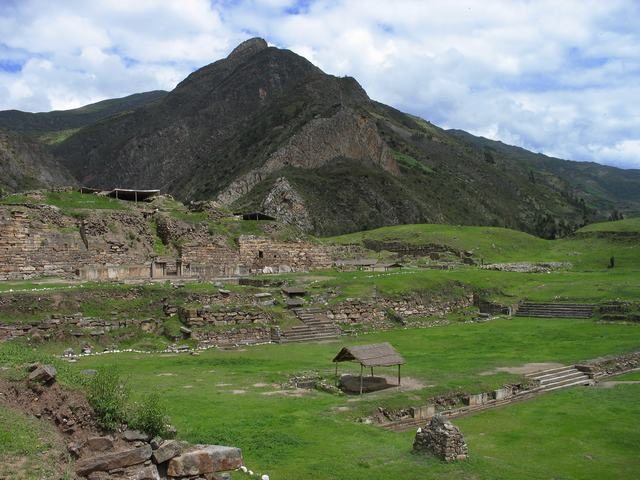
Dr. Rick believes that the priests at Chavin went to extraordinary lengths to help enforce their authority. “Chavin is one of the earliest sites with monumental architecture. It is a site that has many mysterious features – underground space and enigmatic art, a very rapid building program and manipulation of light and sound and other things. They needed to create a new world, one in which the settings, objects, actions and senses all argue for the presence of intrinsic authority—both from the religious leaders and from a realm of greater powers they portray themselves as related to.”
All of these claims, and more, along with their evidence are more thoroughly outlined in Dr. Rick’s new book, Innovation, Religion and the Development of the Andean Formative Period.
